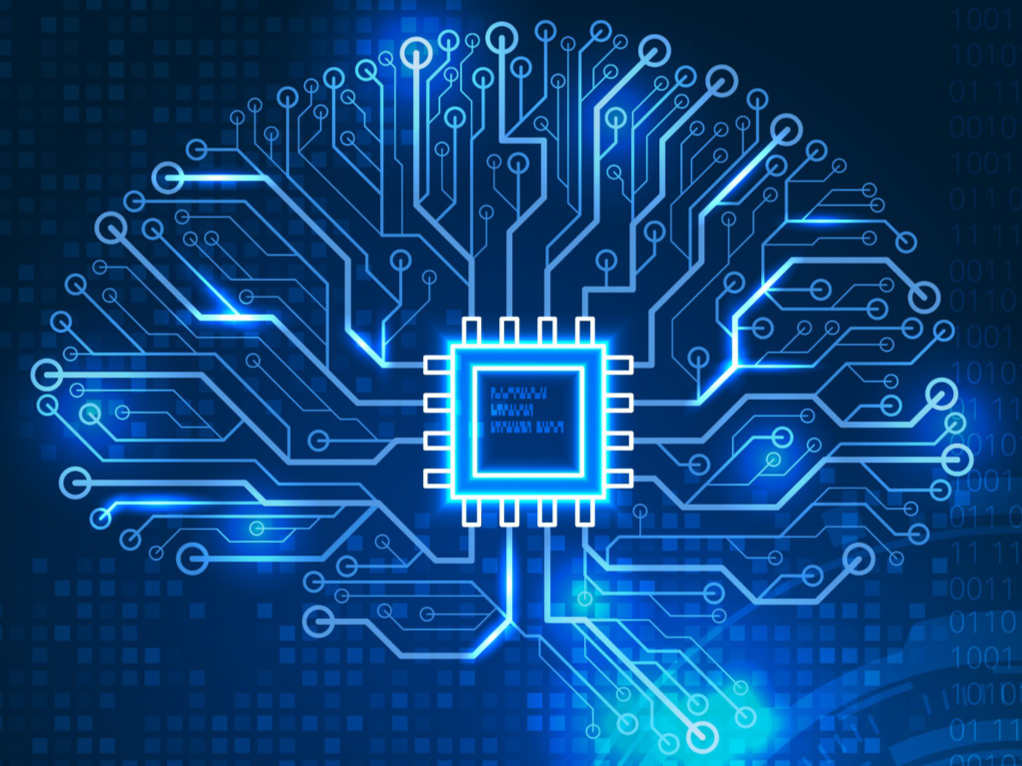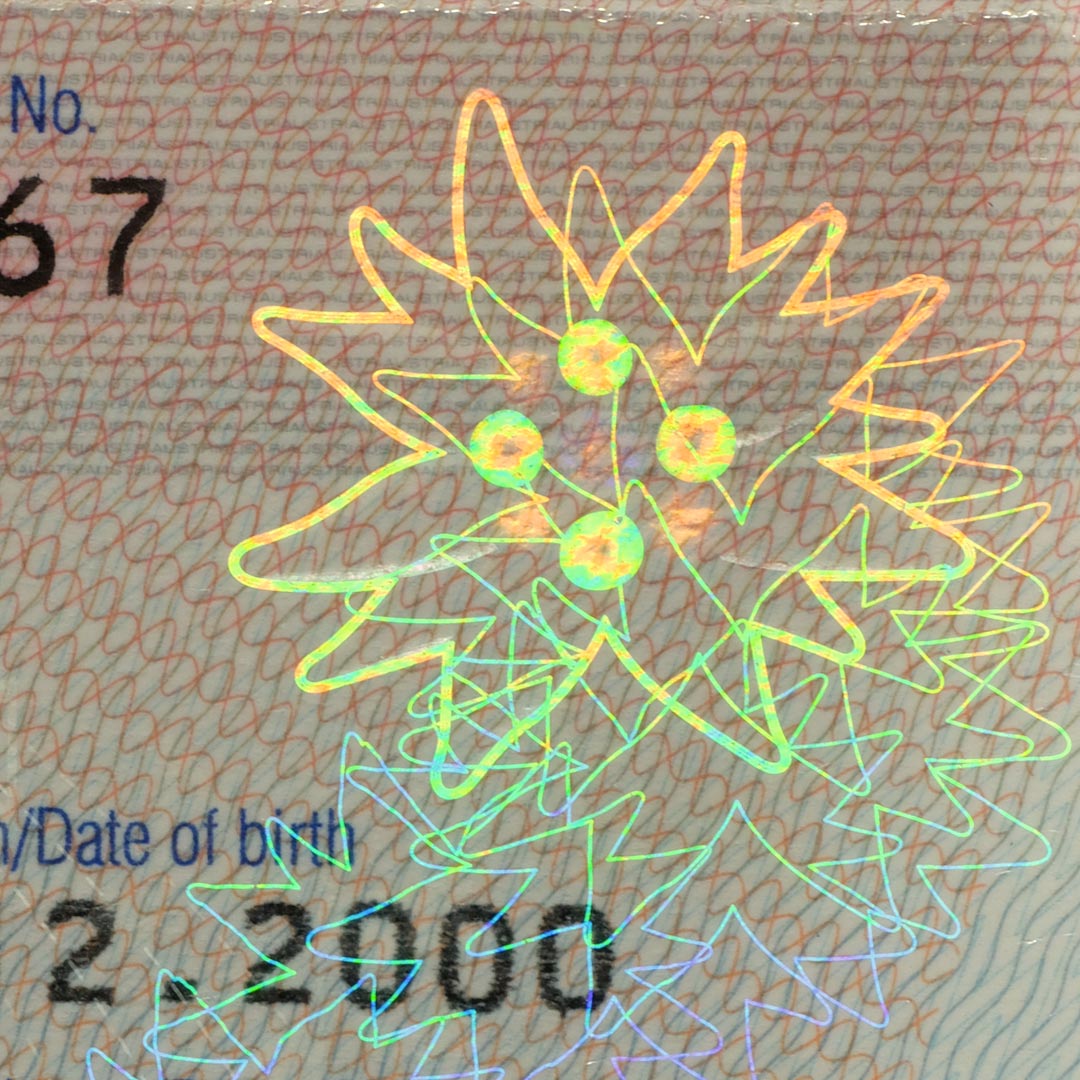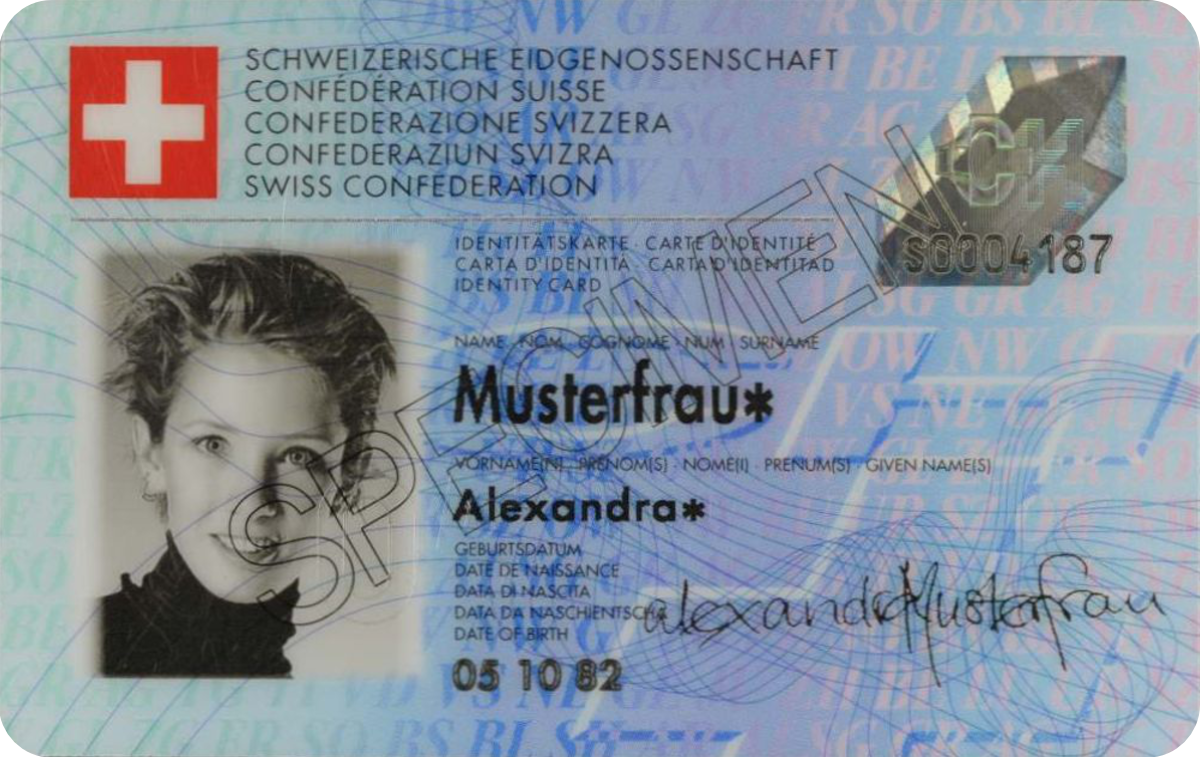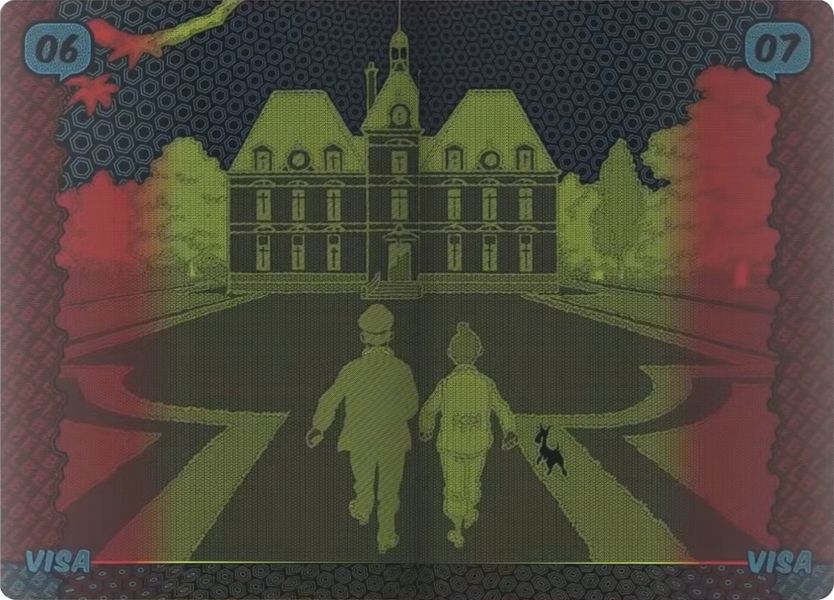
Artificial Intelligence in Identity Verification
Oftentimes we refer to Artificial Intelligence in our business as if it was a one-to-solve-it-all concept. What is it really and how does it play a role in the business of identity verification? I will briefly explain this concept as well as give some hints as to what to look for when someone claims a reference to using AI in their processes.
I have to admit that I am no technical expert in Artificial Intelligence, but I have worked with a group of professionals in the field of AI and Machine Learning. They always amaze me with what they can do when I sit down with them. Of course, tests are very different from real life. Therefore, I’ve always wanted to know how such technologies can be applied to our business processes, how safe they are, and what advantages they bring in a real-time live identity verification scenario. I am not going to dive into the details of AI, I leave that to the experts.
Face comparison with the better-than-human performance
Having had a few years of experience working with machine-aided technologies, it amazes me what was achieved in the past two years alone. As an example, face recognition and comparison were below human levels 3-4 years ago. Please, note, that humans are capable of comparing a physical face to an identity document image with above 90% accuracy. Over the last 4 years, the technology has evolved to be ABOVE human face recognition capabilities in almost all aspects, and it is now very close to a 100% efficiency. Scary, right?
So, what are the implications of machine learning technologies such as Artificial Intelligence in the business of remote identity verification? The difficulty lies in the word “remote”. Identity verification has become digital and automated in many instances. When we attempt to establish someone’s identity in the digital space, we need to do a lot of things under the hood. We need to take an image of the ID document as well as the person’s face. We sometimes have to perform liveness detection and detect deep fakes instantaneously. When image-taking is in the hands of clients, their creativity is without limits. Instead of taking a selfie, they just take a picture of their cat for example. Just to see what happens. Instead of showing an ID document, they just show a photocopy of some document. It is an easy task for a human to be able to recognize this and reject the ID verification process. But it is an entirely different task in a machine-aided and fully automated process.
Let’s take people’s faces for example. Human faces come in many forms, colors, hairstyles, and with accessories like glasses, facial hair, etc. The machine has to first establish the fact that that particular memory region full of zeros and ones is indeed a human face and not an image of a cute dog, i.e. That alone is no small task. Next, it has to find and extract the face from the ID document. Trust me, not all IDs are created the same. In Europe, we have pretty much-standardized IDs, but world governments and territories are again very creative when issuing ID documents. You can imagine the wide variety of government-issued IDs that look very different from each other, and photos of the owner are placed very differently.
So, the machine has to first find and extract the face from the ID document and then compare it to the selfie made by the client. Just look at your own ID document. Do you look the same now? Most likely not. We have aged, grown a beard, gained some weight, took on glasses, or simply dyed our hair. Or a combination of those changes just listed. Are you beginning to understand the massive task of comparing two images and establishing that they show indeed the same person?
Artificial Intelligence improves usability
Machine learning technologies work on large datasets. They learn. The more data they have, the more efficient they become. What does more data mean? it means for example, that if the machine sees German IDs several hundred times in different lighting conditions, resolution, tilt, text alignment, etc., it becomes extremely confident in recognizing German IDs. In fact, it becomes more confident than we humans do. That is where machines beat us, humans. And they can do this in case of thousands of different IDs, passports, driver’s licenses, etc.
The real challenge of machine learning when integrating it into a real-time scenario is finding the right learning algorithms. There are literally thousands of different algorithms out there just for face comparison. Some are fast but fall back on reliability, some are slow but have a good reliability score. The task is to find a fast yet reliable algorithm that can be trained with very few sample numbers yet yield good enough results you would be happy with when opening a digital bank account fast.
What is a good result? Previously, it took as long as 24 hours to open a digital bank account simply because the “automated” process was made up of a line of real people checking each and every ID image. This is no longer an acceptable threshold in the digital world where accessing a service fast is crucial for the client. If you have experienced a remote onboarding scheme as a client before, you will know, that face recognition has to happen in a matter of seconds. How good has this technology become lately? Huh, I tell you, really good. Machine-aided face recognition is under 3 seconds now and this includes matching the face image with potentially millions of other faces previously processed. That is how much efficiency has improved in just two years.
AI can help detect fraud while respecting data protection regulations
For those rightly worried about data protection: this process no longer uses actual images as they are incredibly resource-heavy to process. These algorithms use very smart methods to store the face’s main characteristics from which it is impossible to recreate the original face. Data-match is done on these characteristics, not on actual images.
In summary, technologies based on Artificial Intelligence enable us to perform an automated identification of a live person in a matter of seconds with a very high degree of reliability. Automation is key, as person-assisted processes are time-consuming and are also very expensive. The face comparison algorithms help fight fraud by detecting scammers with multiple ID attempts. At the same time, the technology respects all data protection regulations currently in force within the territory of the EU as well as in other parts of the world.



